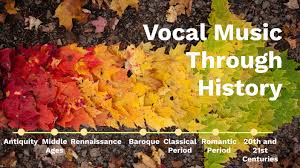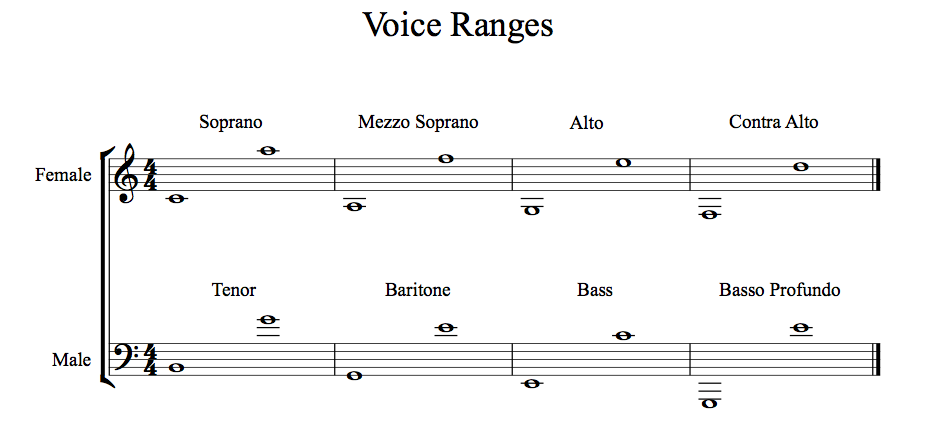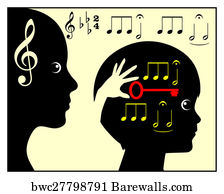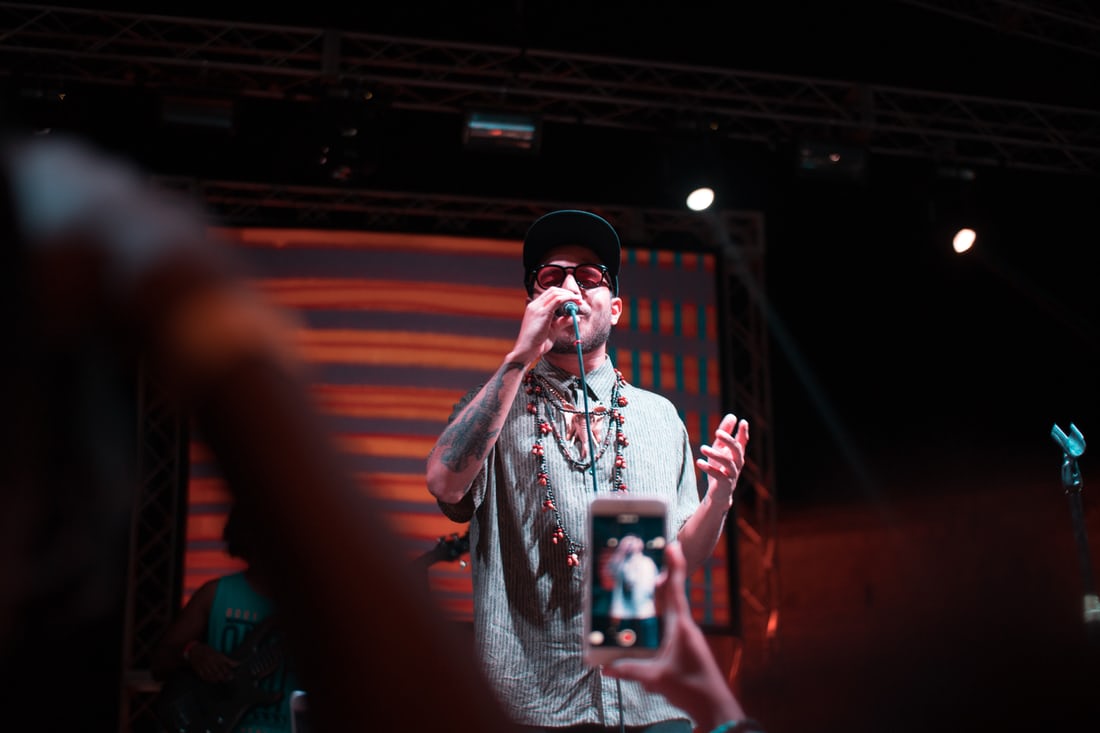THE PAST AND STORY OF VOCALS:
In the beginning was the voice. Voice is sounding breath, the audible sign of life.
-Ibid.
It is likely the earliest singing was individualistic and improvisatory, a simple imitation of the sounds heard in nature. Many anthropologists believe the development of a lowered larynx (important to articulate speech, as it effectively makes the flexible lower tongue the front wall of the pharynx) was a relatively recent aspect of human evolution. Three styles of chant melody evolved: syllabic (for clergy and congregation), neumatic (several notes to a syllable, for choristers) and melismatic (florid, for soloists). Metricity in either chant texts or melodies was uncommon, but occurred as early as the fourth century, In the graphic art of the Middle Ages, singers were often shown with strained expressions, their furrowed brows, protruding veins and exaggerated mouth positions suggesting an effortful, possibly nasal quality–twangy or reedy–like the instrumental colors of the time. Chaucer, in his fourteenth century Canterbury Tales, described singing of the time as being ‘intoned through the nose’. Straight tone was the probable norm, with vibrato being reserved for use as an ornament, as were a stock of ancient vocal devices: portamenti, turns, trills, and the intentional use of the qualities of the various vocal registers. The yodel was probably used as well.

PERCEPTION OF SINGING:
Singing voices are classified into six main groups: soprano, mezzo-soprano, alto, tenor, baritone, and bass. There are also commonly used subgroups, such as dramatic as opposed to lyric, or spinto, coloratura, soubrette, and so on. The main criterion for this classification is the singer’s comfortable pitch range. low voices tend to have long vocal tracts and vice versa. Thus, sopranos tend to have the shortest pharynges and basses the longest Thus, sopranos tend to have the shortest pharynges and basses the longest a given pitch, singers with a higher pitch range should tend to have a weaker voice-source fundamental than singers with a lower pitch range.

MUSIC AND THE BRAIN:
In the act of singing (with words) there is a smooth integration of the neural systems producing speech and singing. We know that in terms of activation, these systems seem to exhibit a significant degree of overlap asymmetries may reflect complementary specializations that arose specifically to serve the simultaneous demands inherent in producing speech (words with prosodic intonation) or song (melody with lyrics). Regardless of its evolutionary origins, song production, like song perception, calls upon a combination of functions, some of whose components appear to exhibit opposite hemisphere asymmetries. Temporal lobe areas were activated bilaterally during song imagery, consistent with the integrated nature of melody and lyrics in song representations. During actual singing, temporal lobe activation would be predominantly driven by the processing of auditory feedback. It remains to be demonstrated whether song singing will result in strongly right hemisphere asymmetric activation, as does simple singing without words, or in significant activation of left temporal lobe areas associated with language comprehension.





